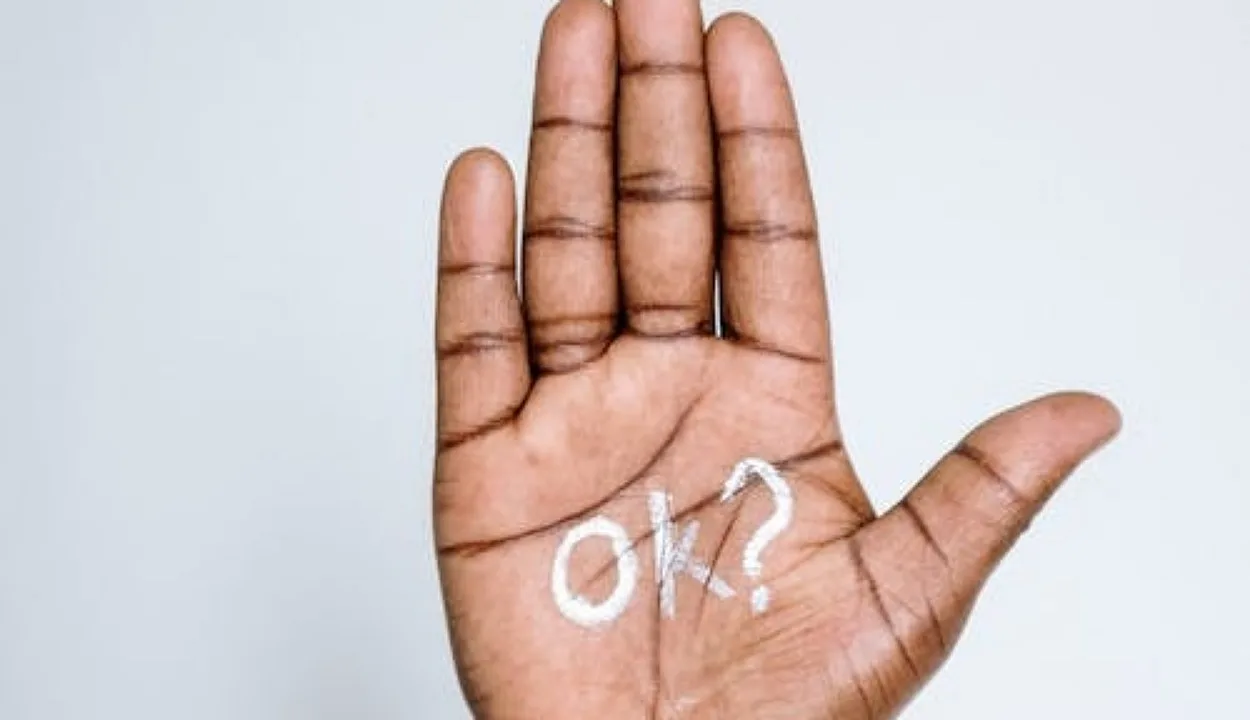The brief, informal word OK, which is rarely contested, is used by everyone. This sentence has been written using the abbreviation (OK) and the full form Okay. But which one is accurate?
Both of them are appropriate to use. Okay is simply a lengthier pronunciation of the word that increases its readability.
For instance, it would be preferable to write Okay while writing an essay or a professional letter; nevertheless, OK is more frequently used when texting. Because both applications are informal, we recommend using more descriptive adjectives.
So, What does “OK” signify, and where did it come from? Let’s get into the details!
Overview
Younger folks frequently use OK or have begun to utilize the straightforward K in their messages. Strangely enough, based on their writing style, people spell it differently depending on where in the world they are. Now is the moment to consider “OK.”
Where Did The Word “Okay” Come From?

The word “okay” is unknown, but several suggestions about its derivation exist. According to one popular hypothesis, the term “okay” derives from the phrase “oll korrect,” which was a funny misspelling of “all correct” that became popular in the United States in the nineteenth century.
Another hypothesis holds that the word “okay” comes from the West African term “waw-kay,” which means “yes indeed.” It’s also conceivable that “okay” is a corruption of the Scottish phrase “och aye,” which represents “oh yes.”
The term “okay” was first used in the contemporary sense of “acceptable” or “satisfactory” in the Boston Morning Post in 1839. The time gradually expanded and became a frequent phrase in the English language.
Where Did The Word “Ok” Come From?
The term “OK” is thought to have originated in the United States in the nineteenth century. There are various assumptions as to where it is generated from. Still, one of the most frequently recognized is that it is derived from the term “oll korrect,” a funny misreading of “all correct” that was popular in the early nineteenth century.
Another theory holds that “OK” is derived from the Choctaw word “okeh,” which means “it is so.” Although this notion gained favor in the 1960s, little evidence supports it.
Whatever its origins, “OK” swiftly became a popular expression in the United States and then spread worldwide. It is currently used in many other languages to signify agreement, acceptance, or acknowledgment.
| Meaning | All right |
| Part of Speech | Can be used as an Adjective, Adverb, Interjection, Noun, Verb |
| Example | Does everyone want pizza bagels for dinner? OK! |
What’s The Difference Between Ok And Okay?
In English, two frequent spellings of the same word are OK and Okay. Although they both signify the same thing, there are some minute distinctions between them.
To help clarify the differences between OK and OK, the following information is provided:
Grammar And Usage
The spelling of OK and Okay is the main distinction. OK is a less frequent spelling variation, while Okay is the more typical. Both spellings are acceptable and can be utilized interchangeably.
Formality
While Okay is typically thought of as being more official, OK is believed to be a more colloquial term. Because of this, Okay might be more suited in formal or academic contexts, whereas OK is more appropriate for everyday or daily use.

Length
Their length is another distinction between OK and Okay. Okay is longer and takes up more room, whereas OK is shorter and clearer. This can be something to think about when there isn’t much room, such as in a text message or tweet.
Tone And Accent
While Okay can indicate joy or agreement, it is frequently employed as a neutral or affirmative response. Additionally, the word OK (written as “OK”) can be written in full capital letters to make a stronger or more emphatic statement.
Regional Variations
Additionally, there could be geographical variations in how OK and Okay are used. One variant might be more prevalent than the other in specific places, or one might be preferable in particular circumstances.
For instance, in some regions of the US, Okay is more frequently used in written communication, while OK is more commonly used in spoken conversation.
Historical Background
The term “OK” first appeared in the middle of the 19th century as an acronym for “oll korrect,” a jocular misspelling of “all correct.” In the latter part of the 20th century, OK was often used as a variant of OK.
It ultimately comes down to personal preference and the situation in which they are being used to choose whether to use OK or OK.
Sample Sentences Using OK And Okay
See the sentences “okay” and “ok” below for examples. You’ll notice that the phrase (in either spelling) is typically used as a synonym for “all right,” while it can also be a verb (meaning “to approve”) in some contexts.
- Everything is going to be OK.
- He is an Okay student despite his lack of brilliance.
- If you don’t want to accompany us tonight, that’s OK.
- I might stay at home because I’m not feeling OK.
- It’s OK; I couldn’t care less.
- Can I call you later if that’s Okay?
- OK, let’s get going.
Which Is Correct: “Okay” Or “OK”?

OK and Okay (pronounced “oh-kay”) are valid grammatical constructions that can be used interchangeably. Unlike other words that may depend on regional differences, no significant distinctions exist between who uses what word. There is no distinction between American and British English. Everything comes down to personal taste.
It makes no difference which one you use. Both of them use formal English. Most dictionaries will refer you to OK, but that is only because it is the more traditional of the two.
Is OK Used Formally?
OK is the more proper spelling insofar as it resembles an actual word. It doesn’t draw attention to itself like abbreviations, which can give off an impression of being less educated and upper-class.
Additionally, avoid using acronyms linked to the world’s LOLs and ROFLs in today’s hyper-digital atmosphere, where social media is occasionally disparaged. You can always ask an employer or a lecturer if they have a preference, but ultimately that is up to you.
Final Thoughts
- In conclusion, the English language has two prevalent spellings of the same word: Okay and OK.
- There are some spelling, formality, length, tone, geographical usage, and historical background variances, even if they share a fundamentally similar meaning.
- Both the spellings (Okay and Ok) are acceptable to use in any work.
- Additionally, although OK and Okay are acceptable, they are fairly informal.
- If you want to make them sound more formal, you can use the longer spelling or completely omit them in favor of more appropriate wording.

